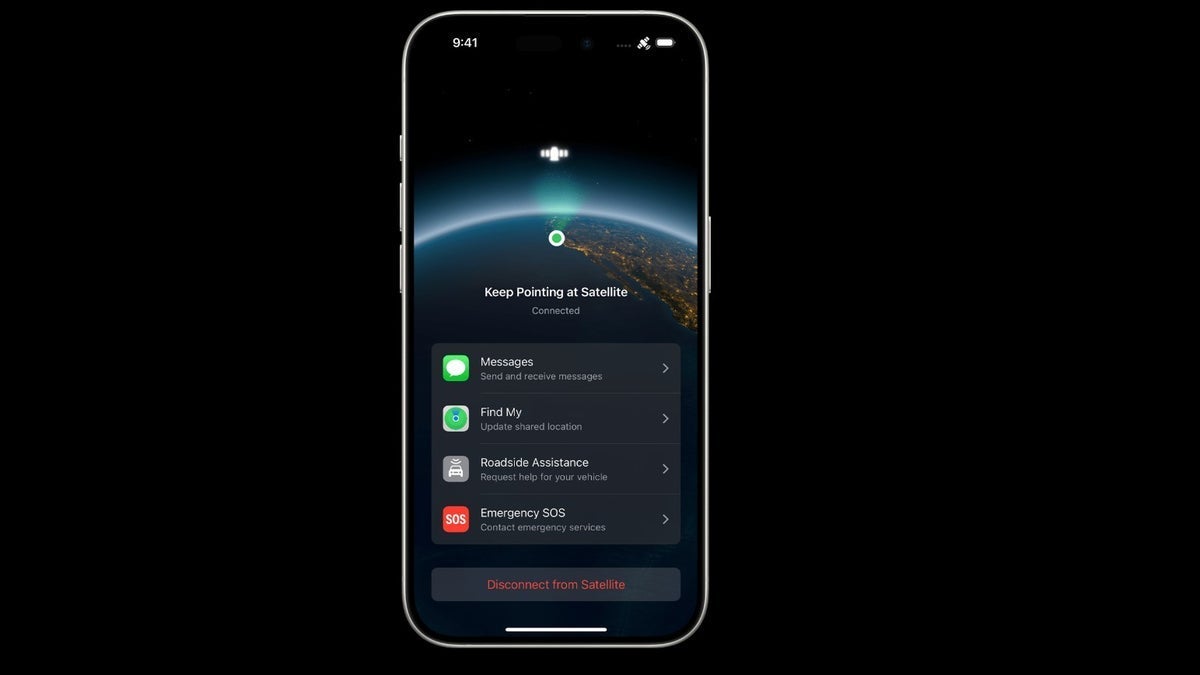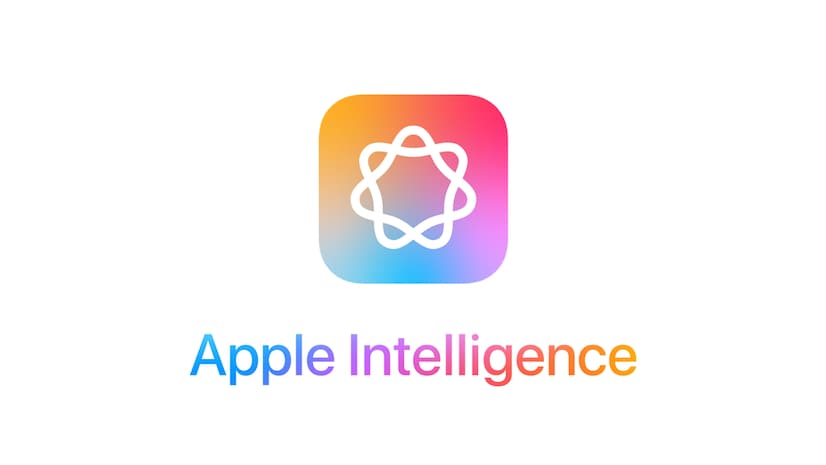DeGods and the New Frontier: Navigating Cyberwarfare in the NFT Space
Abstract: This post examines the intersection of cutting-edge NFT projects, cyberwarfare challenges, and innovative security strategies with a focus on the DeGods collection. We explore the background of NFTs, the evolution of cyber threats such as phishing, smart contract vulnerabilities, and DEX exploits, and discuss robust technological and community-driven defense strategies. We also delve into the integration of regulatory compliance, AI, quantum computing, and decentralized governance as pivotal in securing digital assets, while linking to authoritative resources and complementary blockchain and DeFi discussions from Dev.to. Introduction NFTs (Non-Fungible Tokens) have transformed the way digital ownership, art, and finance interconnect. Projects like DeGods have become a symbol of innovation and creativity, blending art and tokenomics with an active community. However, as the popularity and value of NFTs increase, so do the cyberwarfare risks associated with them. This post presents a technical yet accessible discussion on how vulnerabilities in the NFT space, particularly those affecting DeGods, are being addressed using multi-layered security defenses and strategic regulatory and community interventions. Background and Context NFTs are unique digital assets that represent ownership of digital art, collectibles, or even intellectual property. They are built on the blockchain—a decentralized ledger—providing transparency and immutability. Projects like DeGods not only offer digital art but also create a sense of prestige and membership in an exclusive digital pantheon. Historical Evolution: Early Digital Art and Tokenization: Early NFT projects set the stage for vibrant communities and innovative business models. Rise of DeGods: DeGods emerged as a community-driven project, encapsulating the fusion of artistic integrity with the decentralization of blockchain technology. Emergence of Cyber Threats: As the NFT industry grew, so did sophisticated cyberattacks, including phishing, smart contract breaches, and DEX exploits. Key Definitions: Cyberwarfare: The use of digital attacks by threatening or compromising digital assets. Smart Contracts: Self-executing contracts with the terms directly written into code, crucial for the NFT ecosystem. DEX (Decentralized Exchanges): Platforms enabling trustless trading of NFTs and cryptocurrencies. Core Concepts and Features NFT security is an intricate process involving technological, community, and regulatory dimensions. Here, we summarize the core concepts and features that define how projects like DeGods safeguard their digital assets: Technological Advancements Smart Contract Auditing: DeGods relies on meticulous audits of their smart contracts to preempt vulnerabilities. By partnering with firms specializing in blockchain security, they ensure that their contracts are resilient against exploitation. For more details, check Smart Contracts on Blockchain. Encryption and Digital Identity: Advanced encryption techniques, multi-signature wallets, and decentralized identity solutions are implemented to ensure that even if one line of defense is breached, the user’s digital assets remain secure. Artificial Intelligence (AI): Integration of AI in monitoring blockchain activities allows for faster threat detection by analyzing massive datasets and identifying anomalous patterns. Learn more on Blockchain and AI. Community Engagement and Education Vigilant Community Practices: The DeGods community plays an essential role, from educating each other on common phishing tactics to sharing best practices in secure digital interactions. Workshops and Webinars: Regularly scheduled training sessions ensure that members stay updated on emerging threats and new defense strategies. Regulatory Compliance and Strategic Partnerships Compliance with NFT Regulations: Navigating global regulatory frameworks has become essential for maintaining trust and long-term sustainability. For more on this, visit NFT Regulation. Collaboration with Regulatory Bodies: By proactively working with regulators, DeGods not only mitigates legal risks but also sets a precedent as a leader in secure NFT ecosystems. Applications and Use Cases The security measures employed by NFT projects like DeGods can be seen across multiple scenarios. Here are a few practical examples: Phishing Risk Mitigation: By implementing community-wide security protocols, DeGods users are less likely to fall for phishing scams that attempt to steal sensitive information. Resilience Against Smart Contract Exploits: Continuous audits and partnerships with blockchain cybersecurity firms ensure that smart contracts remain robust. This has been crucial in minimizing financial losses from potential exploits. DEX Security Enhancements: With the rise in decentralized trade, robust partnerships with secure DEX

Abstract:
This post examines the intersection of cutting-edge NFT projects, cyberwarfare challenges, and innovative security strategies with a focus on the DeGods collection. We explore the background of NFTs, the evolution of cyber threats such as phishing, smart contract vulnerabilities, and DEX exploits, and discuss robust technological and community-driven defense strategies. We also delve into the integration of regulatory compliance, AI, quantum computing, and decentralized governance as pivotal in securing digital assets, while linking to authoritative resources and complementary blockchain and DeFi discussions from Dev.to.
Introduction
NFTs (Non-Fungible Tokens) have transformed the way digital ownership, art, and finance interconnect. Projects like DeGods have become a symbol of innovation and creativity, blending art and tokenomics with an active community. However, as the popularity and value of NFTs increase, so do the cyberwarfare risks associated with them. This post presents a technical yet accessible discussion on how vulnerabilities in the NFT space, particularly those affecting DeGods, are being addressed using multi-layered security defenses and strategic regulatory and community interventions.
Background and Context
NFTs are unique digital assets that represent ownership of digital art, collectibles, or even intellectual property. They are built on the blockchain—a decentralized ledger—providing transparency and immutability. Projects like DeGods not only offer digital art but also create a sense of prestige and membership in an exclusive digital pantheon.
Historical Evolution:
- Early Digital Art and Tokenization: Early NFT projects set the stage for vibrant communities and innovative business models.
- Rise of DeGods: DeGods emerged as a community-driven project, encapsulating the fusion of artistic integrity with the decentralization of blockchain technology.
- Emergence of Cyber Threats: As the NFT industry grew, so did sophisticated cyberattacks, including phishing, smart contract breaches, and DEX exploits.
Key Definitions:
- Cyberwarfare: The use of digital attacks by threatening or compromising digital assets.
- Smart Contracts: Self-executing contracts with the terms directly written into code, crucial for the NFT ecosystem.
- DEX (Decentralized Exchanges): Platforms enabling trustless trading of NFTs and cryptocurrencies.
Core Concepts and Features
NFT security is an intricate process involving technological, community, and regulatory dimensions. Here, we summarize the core concepts and features that define how projects like DeGods safeguard their digital assets:
Technological Advancements
Smart Contract Auditing:
DeGods relies on meticulous audits of their smart contracts to preempt vulnerabilities. By partnering with firms specializing in blockchain security, they ensure that their contracts are resilient against exploitation. For more details, check Smart Contracts on Blockchain.Encryption and Digital Identity:
Advanced encryption techniques, multi-signature wallets, and decentralized identity solutions are implemented to ensure that even if one line of defense is breached, the user’s digital assets remain secure.Artificial Intelligence (AI):
Integration of AI in monitoring blockchain activities allows for faster threat detection by analyzing massive datasets and identifying anomalous patterns. Learn more on Blockchain and AI.
Community Engagement and Education
- Vigilant Community Practices: The DeGods community plays an essential role, from educating each other on common phishing tactics to sharing best practices in secure digital interactions.
- Workshops and Webinars: Regularly scheduled training sessions ensure that members stay updated on emerging threats and new defense strategies.
Regulatory Compliance and Strategic Partnerships
- Compliance with NFT Regulations: Navigating global regulatory frameworks has become essential for maintaining trust and long-term sustainability. For more on this, visit NFT Regulation.
- Collaboration with Regulatory Bodies: By proactively working with regulators, DeGods not only mitigates legal risks but also sets a precedent as a leader in secure NFT ecosystems.
Applications and Use Cases
The security measures employed by NFT projects like DeGods can be seen across multiple scenarios. Here are a few practical examples:
Phishing Risk Mitigation:
By implementing community-wide security protocols, DeGods users are less likely to fall for phishing scams that attempt to steal sensitive information.Resilience Against Smart Contract Exploits:
Continuous audits and partnerships with blockchain cybersecurity firms ensure that smart contracts remain robust. This has been crucial in minimizing financial losses from potential exploits.DEX Security Enhancements:
With the rise in decentralized trade, robust partnerships with secure DEX platforms and real-time monitoring help detect and thwart suspicious trading patterns. Check out how arbitrum-and-smart-contract-audits are bolstering these defenses.
Table: Key Security Strategies in NFT Projects
| Strategy | Description | Outcome |
|---|---|---|
| Smart Contract Auditing | Regular code reviews and third-party audits ensure vulnerabilities are minimized. | Reduced risk of exploitation |
| Multi-Signature Wallets | Wallets requiring multiple keys for transactions protect against unauthorized access. | Increased asset security |
| Community Education | Workshops and webinars on best practices equip users to recognize phishing and fraudulent tactics. | Improved user awareness |
| Regulatory Compliance | Collaboration with regulators ensures legal adherence and builds trust. | Enhanced sustainability and legitimacy |
| AI-Driven Monitoring | AI systems detect abnormal patterns indicating potential breaches. | Faster threat detection and response |
Challenges and Limitations
While the advancements in technological and community defenses are significant, several challenges still exist:
Technical Challenges
- Smart Contract Complexity: Although audits help, smart contracts remain complex and occasionally vulnerable to sophisticated cyberattacks.
- Integration of Emerging Technologies: As AI and quantum computing evolve, transitioning current systems to adopt these new technologies without causing disruptions may be challenging.
- DEX Exploits: Even with rigorous monitoring, decentralized exchanges may be susceptible to ever-evolving front-running and liquidity manipulation techniques.
Adoption Challenges
- User Education: Not all community members possess the technical expertise required to navigate security protocols, making continuous education essential.
- Regulatory Hurdles: Global compliance remains a moving target as various regulatory bodies update their guidelines for digital assets and NFT projects.
- Interoperability Issues: Integrating multi-chain support, as explored in arbitrum-and-multi-chain-support, presents technical hurdles as different blockchains have varying standards and protocols.
Cyberwarfare Evolution
- Advancement of Attack Vectors: Cybercriminals are increasingly sophisticated; therefore, defense strategies must be dynamic and continually evolving.
- Resource Limitations: Smaller projects may lack the complex infrastructure and partnerships needed for top-tier security measures.
Bullet List: Key Challenges
- Detecting emergent vulnerabilities in complex smart contracts.
- Ensuring consistent community awareness and robust education.
- Maintaining interoperability while integrating new technologies.
- Adapting to rapidly evolving cyberattack methods.
- Balancing regulatory compliance across different jurisdictions.
Future Outlook and Innovations
The future of NFT security is set to be shaped by several innovative trends and emerging technologies:
AI and Machine Learning
- Predictive Analytics: The role of AI is expanding, with tools capable of not only detecting but predicting potential cyber threats before they materialize. This preemptive approach will further reduce breach risks and streamline security operations.
Quantum-Resistant Cryptography
- Preparing for the Quantum Era: As quantum computing becomes more prevalent, current encryption methods may no longer suffice. Projects like DeGods are already exploring quantum-resistant algorithms, ensuring that digital assets remain secure in the future. For details on blockchain security, refer to Blockchain and Cybersecurity.
Decentralized Autonomous Organizations (DAOs)
- Community-Driven Governance: The advent of DAOs allows the community to take active roles in governance decisions. This decentralized structure can be leveraged to create dynamic defense strategies that align with community interests. Learn more about community governance via arbitrum-and-community-governance.
Regulatory Evolution
- Global Harmonization: As regulators and industry leaders come together, unified frameworks are likely to emerge, balancing innovation with consumer protection. Enhanced communication between NFT projects and regulators will facilitate smoother adaptation to changing regulatory landscapes. See arbitrum-and-regulatory-compliance for a deeper exploration of these principles.
Integration with DeFi Markets
- Hybrid Ecosystems: The overlap between NFTs and decentralized finance (DeFi) is creating new secure trading mechanisms and yield strategies. For example, models discussed in arbitrum-and-de-fi-yield showcase how NFT projects can integrate with broader financial systems. This convergence allows for innovative investment opportunities while maintaining strong security postures.
Cross-Chain Capabilities
- Enhanced Interoperability: Future security models will likely include seamless cross-chain communication, ensuring that assets remain secure regardless of the underlying blockchain platform. This is critical for projects that leverage multi-chain support to expand their reach.
Complementary Perspectives from Dev.to
For those interested in the broader ecosystem surrounding blockchain security and NFT innovations, several excellent resources provide additional context and insights:
- Blockchain and Decentralized Finance: Revolutionizing the Financial Landscape
- A Comprehensive Guide to Selling Usernames on Fragment: Strategies, Trends, and Best Practices
- The New Frontier of Open Source Licensing
These resources underscore the critical role that open-source funding, decentralized governance, and robust licensing standards play in driving the broader adoption of secure NFT platforms.
Summary
In conclusion, as the digital economy evolves with NFT projects like DeGods at the forefront, so does the need for robust cybersecurity frameworks. By integrating advanced technological solutions (such as AI-driven threat detection and quantum-resistant cryptography), fostering strong community education, and engaging in proactive regulatory partnerships, DeGods is setting a benchmark for secure NFT ecosystems.
We explored key challenges such as smart contract vulnerabilities, phishing risks, and DEX exploits while also highlighting future trends including decentralized governance and cross-chain interoperability. With resources like Why Are NFTs Valuable and continued insights from blockchain and open-source communities, the drive to secure digital assets in an era of cyberwarfare becomes ever more critical.
Continued reliance on robust security practices, community vigilance, and innovative technological integrations will empower NFT projects to flourish despite the persistent threats posed by cyberattacks. This evolving landscape offers both challenges and exciting opportunities, urging digital asset creators, investors, and cybersecurity experts to innovate continuously.
The multi-layered defense strategies, sound regulatory practices, and forward-looking integrations discussed here not only serve as a roadmap for securing projects like DeGods but also provide a blueprint for the entire NFT and blockchain industry facing modern cyber threats.
By leveraging these strategies, the digital community can achieve a secure, vibrant ecosystem that balances innovation with security, ensuring that the creative spirit behind NFTs continues to thrive in a safe and resilient digital world.
Additional Resources and Further Reading
For further reading and deeper analysis, consider exploring the following links:
And from the Arbitrum perspective, additional insights can be found at:
- Arbitrum and Community Governance
- Arbitrum and Smart Contract Audits
- Arbitrum and De-Fi Yield
- Arbitrum and Multi-Chain Support
- Arbitrum and Regulatory Compliance
Finally, check out the comprehensive analysis provided in the original article on DeGods and Cyberwarfare for a deeper dive into the subject.
This post has provided an accessible yet detailed exploration of how cyberwarfare is reshaping the NFT landscape, particularly focusing on the pioneering efforts by DeGods to secure their digital realm. Continued vigilance and innovative defense strategies will be vital to ensuring that NFTs remain a safe and reliable asset class in the digital economy.
































































































































































![[The AI Show Episode 143]: ChatGPT Revenue Surge, New AGI Timelines, Amazon’s AI Agent, Claude for Education, Model Context Protocol & LLMs Pass the Turing Test](https://www.marketingaiinstitute.com/hubfs/ep%20143%20cover.png)


























































































































![[DEALS] Koofr Cloud Storage: Lifetime Subscription (1TB) (80% off) & Other Deals Up To 98% Off – Offers End Soon!](https://www.javacodegeeks.com/wp-content/uploads/2012/12/jcg-logo.jpg)
























![Is this too much for a modular monolith system? [closed]](https://i.sstatic.net/pYL1nsfg.png)























-The-Elder-Scrolls-IV-Oblivion-Remastered---Official-Reveal-00-18-14.png?width=1920&height=1920&fit=bounds&quality=70&format=jpg&auto=webp#)




























































































_roibu_Alamy.jpg?width=1280&auto=webp&quality=80&disable=upscale#)




 CISO’s Core Focus.webp?#)










































































































![iPadOS 19 May Introduce Menu Bar, iOS 19 to Support External Displays [Rumor]](https://www.iclarified.com/images/news/97137/97137/97137-640.jpg)

![Apple Drops New Immersive Adventure Episode for Vision Pro: 'Hill Climb' [Video]](https://www.iclarified.com/images/news/97133/97133/97133-640.jpg)






































































































